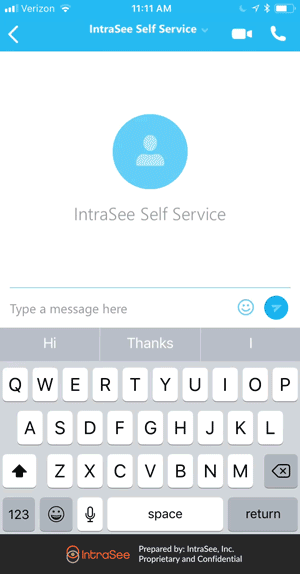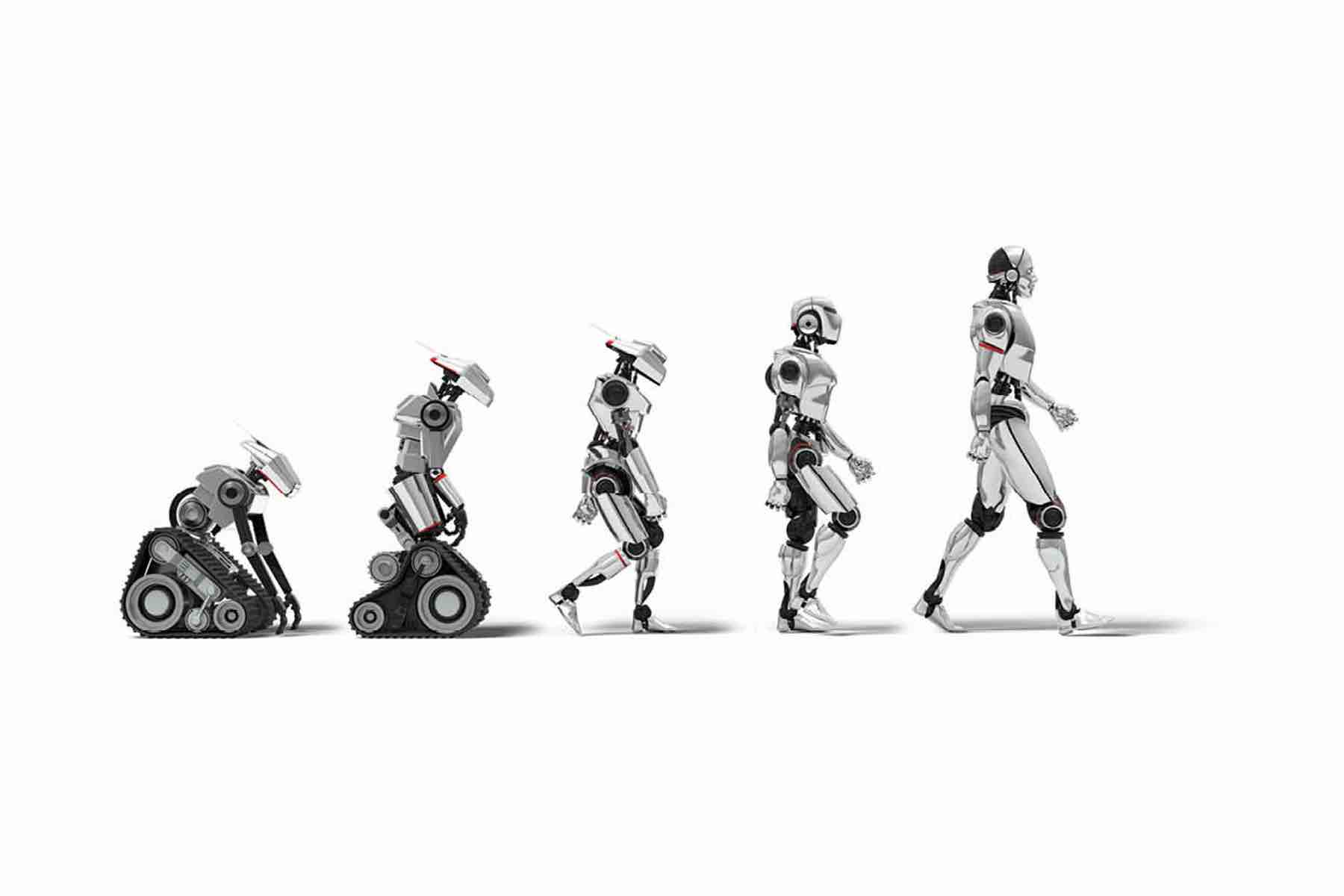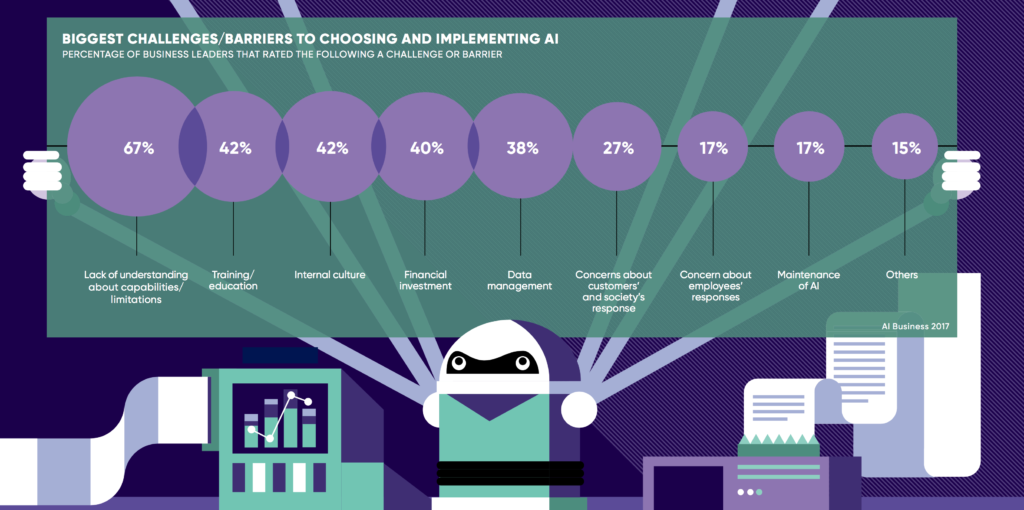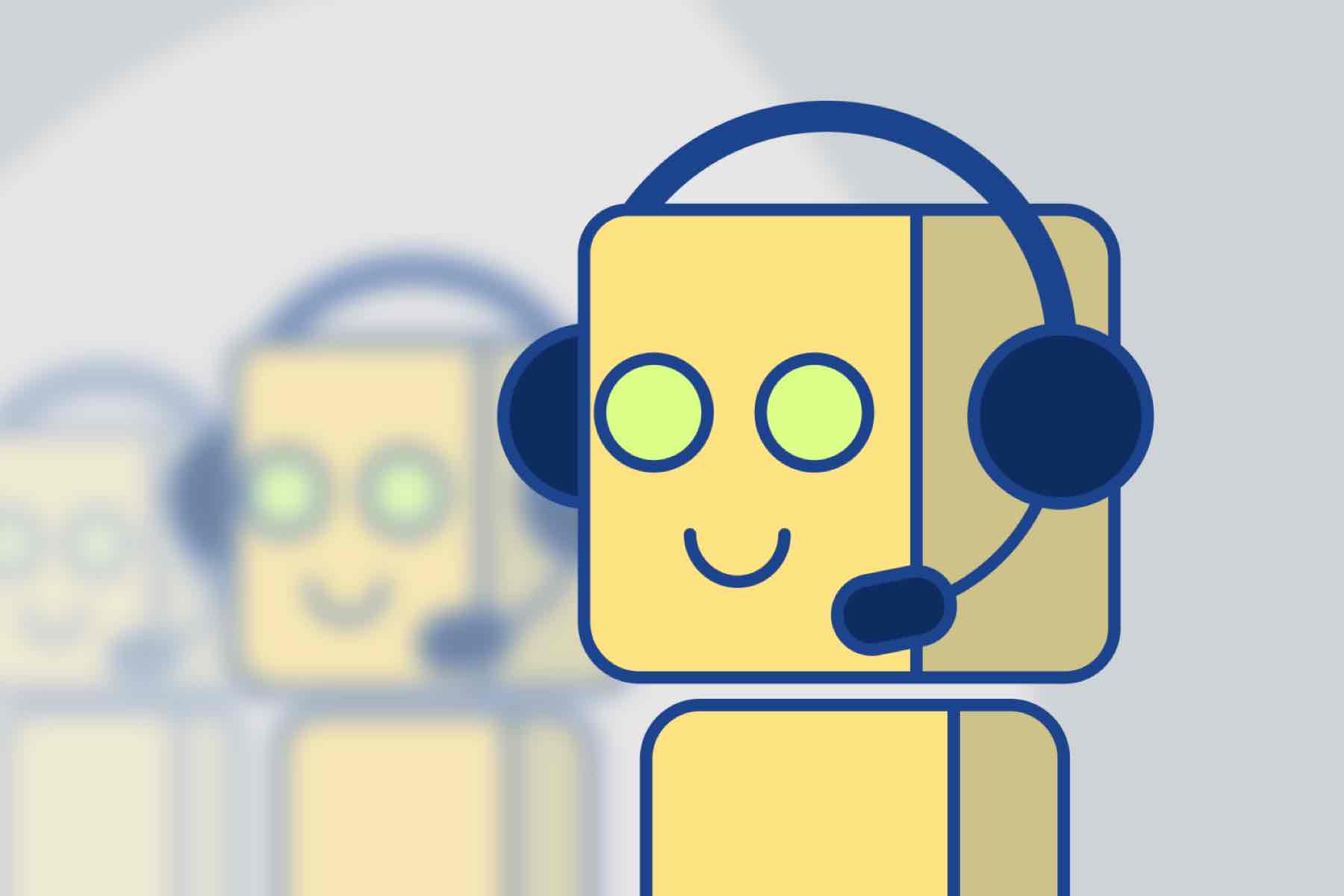It’s been a great week at OpenWorld this year, and especially fascinating if, like us, you follow the latest technology trends. Because this year Oracle really nailed all the relevant buzzwords, and then some! AI, Chatbots, Blockchain, Cloud… this was the theme of the conference. Then Oracle took it to another level and also included a new partnership with Slack. Yes, Enterprise software is looking decidedly cool these days. And with it, Oracle sent a huge message to the market. That while many other vendors are doing aspects of what Oracle does: nobody does it all, other than Oracle. The sheer breadth of their product portfolio is something else. Now, all they have to do is show that their depth can match their breadth.
This is also a far cry from Workday, who recently announced their intent to open up their platform for developers. Given how far ahead of Workday Oracle is, it’s hard to imagine Dave Duffield’s company ever catching Oracle in this race. Workday’s one strength appears to be its HCM SaaS product, but Oracle appears to be getting stronger and stronger in this area too. You’d imagine that being a one-trick pony would eventually catch up to Workday, but we shall see.
As far as technology conferences go, this was a “drop the mic” week for Oracle. And here’s the highlights as we saw them:
AI infused into the entire Cloud
Unlike IBM, Oracle doesn’t see AI as a standalone product looking for a purpose in life. Which is probably why they don’t have a catchy name for it (ex: Watson, Einstein, etc.). The Oracle vision is that AI is infused into their entire Cloud suite on a feature by feature basis. For example, AI will be used to allow recruiters to better match candidates with job openings. This is a very practical application of AI. At IntraSee we firmly believe that AI is best used to solve issues that are already known to be a problem in the Enterprise world, as well as a tool that can enable automation of what are currently highly manual tasks. In the technology world, it’s the pragmatic bird that gets the worm.
“We have the broadest suite of cloud applications — it’s not just CX, HR or ERP, but we have all these capabilities. We can provide AI and machine learning that bridges those applications, not just within those specific use cases.”
– Jack Berkowitz, VP of products and data science for Oracle’s Adaptive Intelligence program
Oracle announces chatbot platform
Finally, Oracle enters the chatbot market with its own framework for building chatbot solutions. Granted, this is a very busy market that they have entered, but at the same time it was absolutely necessary for them to do this. The expectation is that individual application teams at Oracle will build chatbots that deal with their particular area of functionality. Which means they really needed their own chatbot framework to do this. And by creating a framework that their developers can use, they will also be opening up a framework that anyone else can use too – if they go the Oracle PaaS route for their development tools.
“I call this the next browser. This is just the natural way in how you converse.”
– Suhas Uliyar, Oracle vice president of bots, artificial intelligence and mobile
Slack & Oracle partnership
If the chatbot framework wasn’t enough to get the crowds excited, Oracle decided to pile on and announce a partnership with Slack. Now, the fact that Slack is used extensively at Oracle had something to do with this. But this was also a message to the market that Oracle is redefining itself as not just a Cloud company, but as a cool Cloud company. Being able to drop a chatbot into Slack will definitely be a huge plus for their chatbot initiatives. Good call Oracle.
“As you see all these large enterprise software companies looking at messaging as a major platform, they’re looking to partner with us first and foremost.”
– Brad Armstrong, Slack’s head of global business and corporate development
Content & Experience Cloud now has a suite of APIs!
If you’re rolling out a chatbot framework (that requires APIs to function), then you’d better have a content management system that delivers APIs. And that’s exactly what Oracle did. Perfect timing indeed. Now we can configure a chatbot to not just allow you to take time off when you need it, but also let you know what the time off policy is for your region – by pulling up the policy document/HTML in CEC via the now delivered APIs. This is beyond exiting to us at IntraSee. And, by the way, if you’d like to see a demo of this, please let us know and we’d be glad to oblige any time.
“If you are using any kind of on-premise portal right now (ex: PeopleSoft Interaction Hub, Oracle WebCenter, etc.), then the Content & Experience Cloud is where you should be headed as part of your overall Cloud migration strategy.”
– Paul Isherwood, CEO at IntraSee
Blockchain as a service
Having spent half of Monday night discussing blockchain uses in the Enterprise world (over steak and wine) it was great to see Oracle jump into this market too, and be an immediate player right out of the gate. Given the rampant security issues that seem to be occurring daily, it’s refreshing to see Oracle giving full backing to this technology.
“Larry [Ellison] is heavily focused on cybersecurity at all levels and Oracle’s [blockchain] service focuses in on how to deliver secure transactions.”
– Amit Zavery, senior vice president at Oracle Cloud
Cloud at Customer
Many organizations have very special regulatory requirements that mean they can’t be in the Cloud. Plus, some people just feel nervous about not having their data on their physical premises. Because of that, Oracle has a very unique offering: the ability to install “the cloud” on an organization’s premise.
“We install these machines behind your firewall and attach them to your network, but they’re a subscription service just like in the public cloud. The best way to think about this is that it’s an extension of our public cloud that sits on your data center floor.”
– Larry Ellison
Autonomous Database
You thought driverless cars were cool, right? Well, now we have the world’s first “self-driving” database. Larry was super excited to announce the Oracle Database 18c’s self-patching and self-tuning capabilities. All powered by machine learning and designed to minimize human intervention and reduce security risks (presumably by patching itself really quickly!). If previously you didn’t think of databases as being cool, well, now they are!
“This is a big deal, by the way. No one else does this. This is the most important thing we’ve done in a long, long time.”
– Larry Ellison
PeopleSoft still getting improvements
In 2017 PeopleSoft may not be considered a buzzword anymore, but, like a classic ’71 Mustang, it has a fanbase that may never go away. And count us in on the crowd that has a deep affection for it. So, it was very gratifying to see that there were still many PeopleSoft sessions at OpenWorld, and that they were so well attended! Also, having sat through the roadmap session, it was nice to see that Oracle continues to invest in the PeopleSoft product line, and that many more functional enhancements are scheduled to be released in 2017 and 2018.

Figure 1: 1971 was a vintage year for the Mustang
“Don’t make the mistake of believing that because you are on PeopleSoft now, that you can’t use Chatbots and you can’t be in the Cloud. You can do both.”
– Paul Isherwood, CEO at IntraSee
Please contact us if you’d like to learn more.
Contact Us













